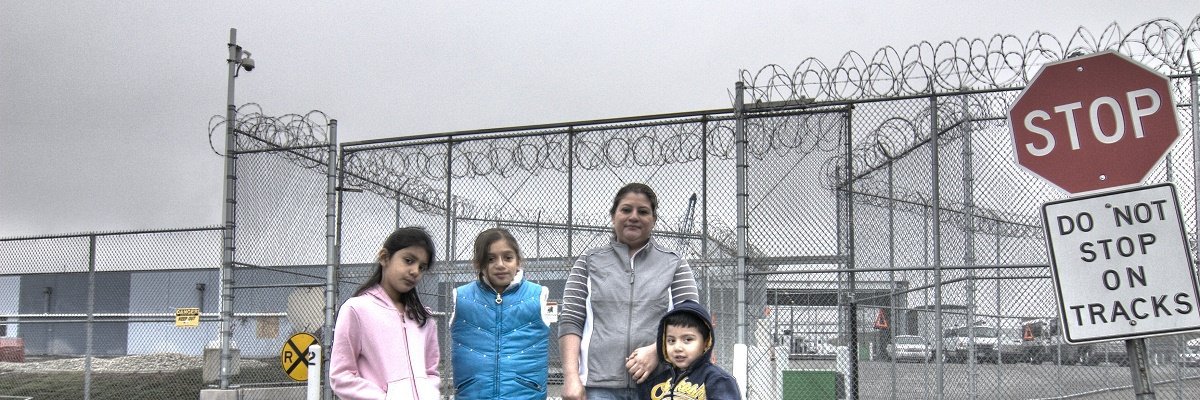During the first presidential debate, in the segment on racial divides, Hillary Clinton brought to the stage - and an estimated 84 million viewers - a new pet plague-on-American-society: for-profit detention.
“I’m glad that we’re ending private prisons in the federal system; I want to see them ended in the state system,” said the former Secretary of State. “You shouldn’t have a profit motivation to fill prison cells with young Americans.”
On the heels of an Inspector General report loaded with criticism, a recent decision by the Bureau of Prisons to scale down its use of for-profit prisons continues to draw cheers. But, as Clinton pointed out and the companies themselves try to explain, for-profit detention continues to be a state and immigrant commodity, built at times out of necessity and even now kept, purportedly, for that same reason.
Even in the weeks after the Department of Justice announcement, two current BOP contracts were extended, and last week, Governor Jerry Brown of California vetoed a bill that would restrict the use of private detention in the state, citing caution in anticipation of further DHS deliberation.
Check the maps below to see where private prisons would continue to operate, even without their federal sponsors. Note that some facilities, such as San Deigo’s CAI-Boston Avenue, hold contracts at multiple levels.
- Red = Bureau of Prisons locations
- Yellow = Idle
- Blue = Federal [CBP, ICE, USMS]
- Green = State or local facility
Corrections Corporation of America
CCA Without BOP Contracts
CCA Without Federal Contracts
GEO Group
GEO Without BOP Contracts
GEO Without Federal Contracts
Image by Seattle Globalist via Flickr and is licensed under CC BY-SA 2.0



